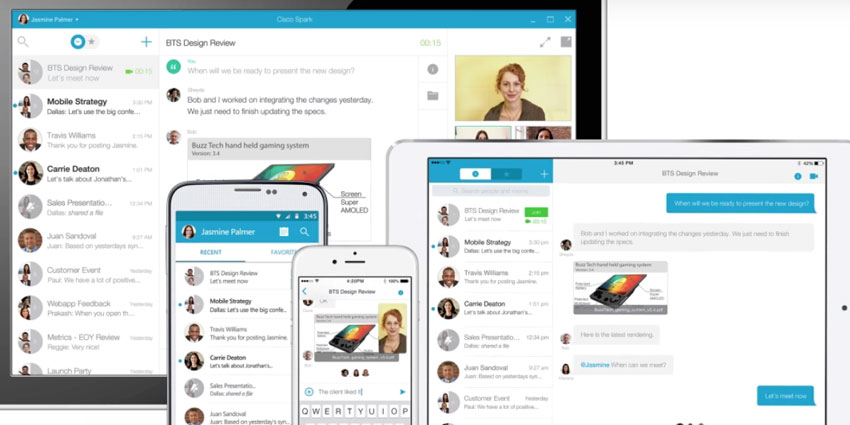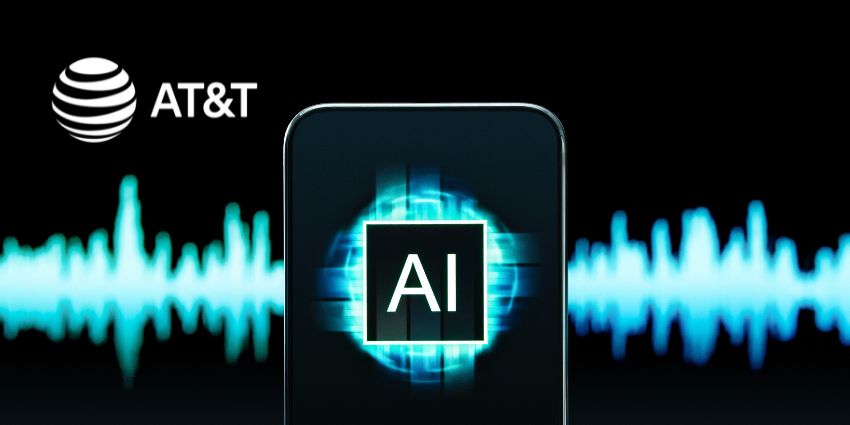Recent announcements suggest that Cisco collaboration will be taking steps to make sure that more people can get their hands on Spark technology, quickly and effectively. As Cisco continues to move at great speed when it comes to developing its Spark Brand, the company has made various announcements about how it is going to get the technology into the enterprise world more quickly.
The announcements were issued at the annual Partner Summit, designed to collect the global partners for Cisco in San Francisco for some exclusive strategy and networking discussions.
Starting with Buying Simplicity
To begin its announcements, Cisco informed its partners that it would be making it easier to buy its products and transition to the cloud. The first step in this process is the introduction of the Cisco Spark Flex plan – a single contract that permits enterprises to select hybrid, cloud, and on-premises solutions under a subscription model.
Cisco customers will be able to select from cloud-based Cisco spark meetings, on-premises solutions, and WebEx for their meeting solutions. For calls, customers will be able to choose Cisco Unified Communications Manager, or Cisco Spark Call. Enterprise customers will also have the option to adapt and change their plans at any time, mixing solutions while maintaining a steady price. The Flex plan gives enterprises the chance to move into the cloud at a pace that matches their unique business plans, without the need to make quick decisions rooted in cost.
Smarter Transmissions
Following their focus on simplicity, Cisco also announced the introduction of the Cisco Spark Hybrid service for media, which works to deliver the benefits of the cloud to on premise solutions. This new service will give an enterprise’s local media note the option to communicate with the Cisco Spark Meeting cloud, determining the best location through which to deliver meetings. For example, if the participants of a web conference are all located in the same building, the call and content probably wouldn’t be routed through the cloud. Instead, the meeting would be optimised through the on-premise server.
Allegedly, this new solution will be available for Cisco Spark companies at no further cost.
From the Integration Perspective
Recently, Cisco has made several partnership announcements with a range of high-profile companies including Salesforce, IBM, Apple, and more. WebEx has also recently been integrated with Skype for Business. Because of this, it’s no surprise that integrations are becoming an important part of the Cisco plan.
Recently, Cisco announced the Cisco Spark Depot system, designed to make it simpler for users to find integrations that make the workday easier. The Cisco Spark Depot, in simple terms – is a catalogue of apps that will connect Spark with third-party tools. At its launch, the depot hosted about 70 integrations for a range of purposes, including enterprise-specific and social apps.
This system represents huge value for Cisco by helping to create more stickiness with the customer – allowing them to use the other tools that they utilise regularly through Spark.
Taking Care of Partners and SMBs
Finally, the company also announced the emergence of the Business Edition 4000 – a telephone and voicemail solution for small-to-medium sized businesses that can support up to 200 different devices. This solution will be available from January 2017 in the U.S., and should be launched elsewhere during the first half of the year.
For partners, the Business Edition 6000 management tool was also announced with optimised workflow solutions for installing and pre-configuring UC applications. Cisco said that with this tool, partners will expect to save a lot of money that might otherwise be spent on on-site solutions for customers. This will be available during February 2017.







